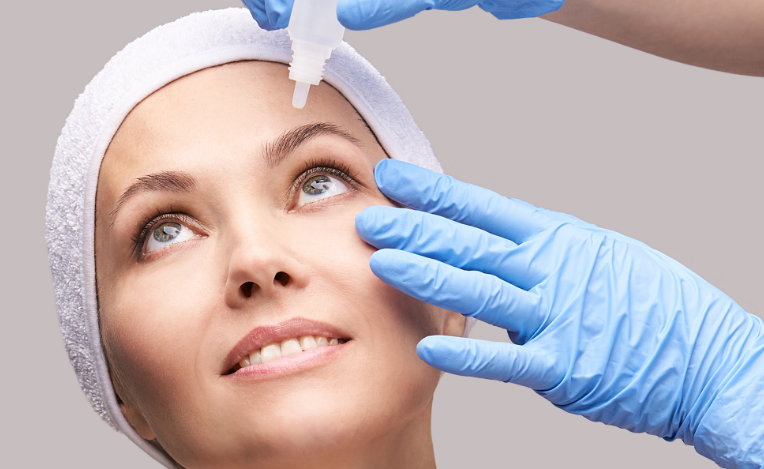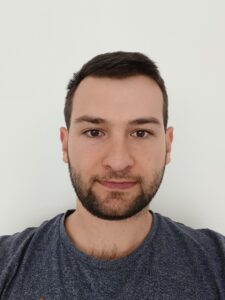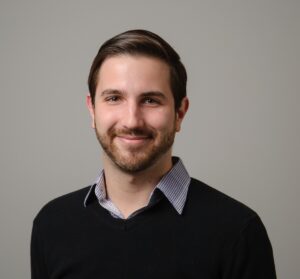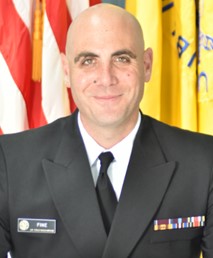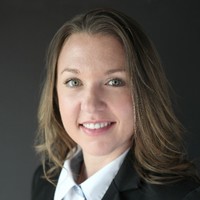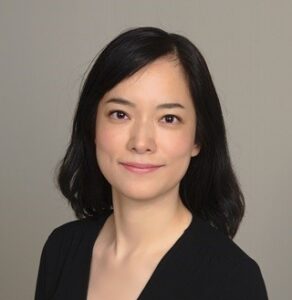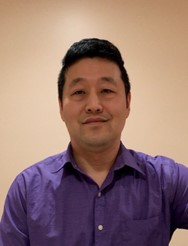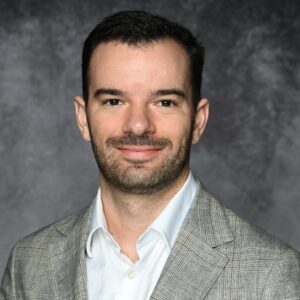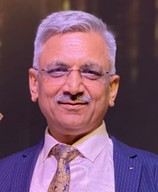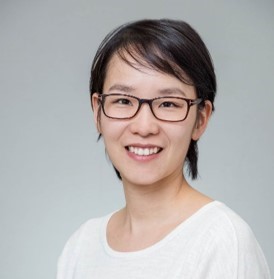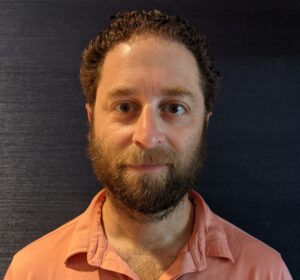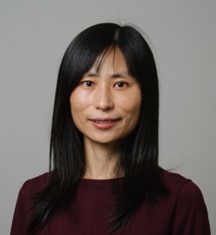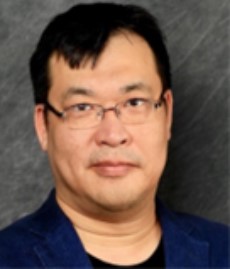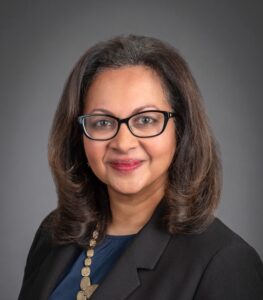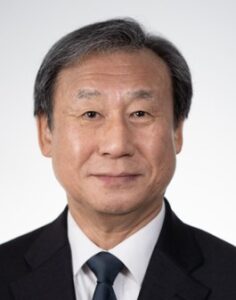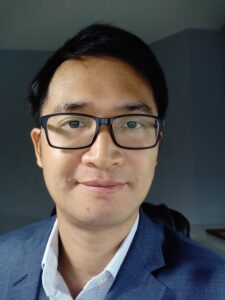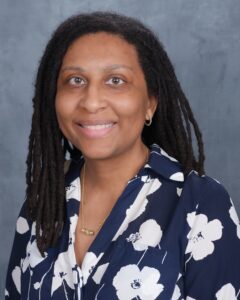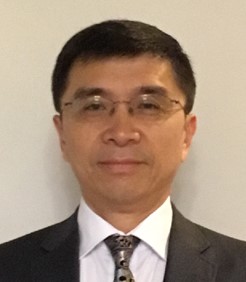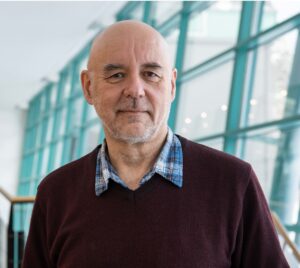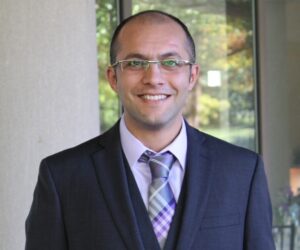The field of generic ophthalmic drug products is rapidly evolving, with increasing complexity in drug product formulations and devices, leading to challenges in assessing performance sameness and ensuring quality. In response to these evolving complexities, this workshop is designed to address the latest advancements and regulatory challenges in the field, offering a unique platform to engage with all relevant parties, share knowledge, and contribute to the evolution of generic development and regulatory assessment.
Attendees will gain valuable insights into the intricacies of developing ophthalmic products, including insertable, implantable, and topical ophthalmic therapies. In addition to a series of expert-led presentations and panel discussions, in-person attendees will interact directly with experts from industry, academia and regulatory agencies in small group working sessions to deepen their understanding of current practices and challenges, regulatory expectations, and emerging trends.
Specifically, the two-day workshop will cover critical issues such as in vitro drug release testing, qualitative (Q1) and quantitative (Q2) sameness of complex ingredients in ophthalmic products, formulation characterization, considerations for clinical bioequivalence studies, and the challenges encountered when developing or assessing prospective generic ophthalmic products.
Choose your experience:
Virtual Attendees will have free access to all sessions of the workshop except the small group (in-person only) working sessions. Virtual attendees will be able to:
- Attend all presentations and panel discussions
- Participate in all Q&A panel discussions by submitting questions online in real time to the speakers and panelists
- Enjoy free access to workshop recordings of presentations and panel discussions (not including the in-person only sessions)
In-person Attendees will enjoy all the benefits of virtual attendance as well as interactive experiences featuring:
- Interactive Small Group Working Sessions on key topics related to generic ophthalmic drug products, such as compositional sameness, bioequivalence demonstration strategies, drug release testing, quality, and devices, with FDA, industry, and academic experts.
- Collaborative Problem-Solving Exercises, including real-world case studies and consensus mapping to identify priorities and actionable outcomes.
- Direct Interactions with experts from industry, academia and FDA for clarifying regulatory expectations and exploring regulatory standards insights.
- Networking Opportunities designed to foster partnerships and advance regulatory science for complex ophthalmic generics.
Workshop Topics
- Regulatory Standards and Bioequivalence Approaches for ophthalmic solutions, suspensions, emulsions, inserts, and combination products.
- Qualitative and Quantitative Sameness and Formulation Challenges, including case studies on excipient changes, sterilization effects, and polymeric systems.
- Advanced In Vitro Testing and Modeling, such as IVRT method development, CFD-PBPK modeling, and predictive release strategies.
- Quality and Risk Considerations, focusing on sterility assurance, particulate control, and container-closure considerations for ophthalmic products.
- Regulatory Strategies for Ophthalmic Drug-Device Combination Products, addressing human factors, comparative threshold analysis, and lessons from complex ANDA submissions.
Audience
The workshop is designed for professionals interested in advancing their understanding of regulatory science and bioequivalence strategies for complex ophthalmic drug products. It is ideal for individuals working in the development, quality, and regulatory evaluation of ophthalmic solutions, suspensions, emulsions, implants, and drug-device combination products. This includes formulation scientists, analytical scientists, regulatory affairs specialists, quality control experts, and R&D professionals from industry, academia, and government.
- Virtual Attendance is ideal for those who wish to access expert presentations and panel discussions remotely, eliminate travel requirements, and have the flexibility to engage with content in real time or on demand.
- In-Person Attendance is best for participants seeking high-level engagement through collaborative small group working sessions, direct interaction with experts from industry, academia and FDA, and immersive learning focused on real-world challenges and problem-solving.
Registration Fees:
- This workshop is FREE for virtual attendees.
- The combined cost for the two-day workshop in-person attendance and activities is:
- $350, in-person attendees – general
- $150, in-person attendees – government (must have an email ending in “.gov” to register at this rate)
For in-person attendees, beverages and food for breaks will be provided; lunch is not included. A link to order lunch for each day of the workshop and instructions will be sent closer to the dates of the workshop.
For faculty and students from the University of Maryland, Baltimore; The Universities at Shady Grove; and University of Michigan, the workshop is free for in-person attendance. Other students, please email CRCG for a reduced rate. Contact CRCG at (info@complexgenerics.org) and indicate which workshop you are interested in.
Continuing education (CE) credits will not be provided for attending this workshop. A certificate of attendance will only be provided to individuals attending the workshop in-person, when requested.

